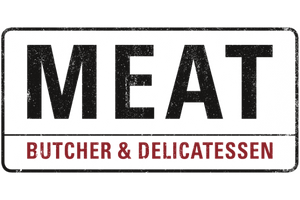London - Alive and Kicking!
I have had reason to be in Central London twice in recent weeks, and it’s amazing how busy it is. There are so many tourists around, and last week, on Thursday evening, I was turned away from five restaurants, as they were all full. Good for the hotel, restaurant and tourist trade. It’s brilliant, and goes to show what an amazing draw London is. However, the present political determination to prevent foreign nationals from working in Britain is hurting the hospitality sector immeasurably. There has been a huge, unfillable hole created that is not going to be filled any time soon by ‘home grown’, skilled workers. As I look around our very cosmopolitan company, and consider our international team, I wonder how many of them would be allowed to come to London to work today? It’s very difficult for employers.
… and, can I have a quick gripe, please? Restaurateurs; it is not appropriate to offer a table for one hour, for a dinner. It’s quite rude. Don’t do it!
All about Beef

With the BBQ season in full swing, and plenty of delicious steaks being bought, I thought I might put into simple terms the process of aging beef, and the difference between the steaks on the shelves.
‘Aging’ is all about the process of tenderising the beef and maximising it’s flavours. As beef is slaughtered, the body will stiffen and connective tissues will harden. By breaking down the connective tissues, the meat will become more tender. There are a number of aging processes, but the best is ‘Dry Aging’. This is hanging the beef in large pieces, possibly the carcass or half carcass, for a number of weeks. At Meat London, we buy what is known as a ‘Roasting’, which is more or less the steak cuts. Hanging the meat in a temperature controlled environment, allows the sinews and tissues to stretch out. It also allows excess liquids to drain from the meat, thus intensifying the flavours. At Meat, we aim to age our beef for 30 days. Opinion will vary on how long beef should age, and where the benefits show themselves. Anything between 25 and 40 days is reasonable but, in my opinion, if mould starts to form within outer fats, then it is too long. Other aging processes include aging beef on a rack, or shelf, or de-boning and vacuum packing with preserving gases. Beef aged like this can be held for long periods. The process will tenderise the meat, but it will not improve the flavour. Dry Aging beef is an expensive process. Typically, a cut of beef would lose about 30% of its weight in the 30 day cycle. The other thing to consider, is how the muscles are used within the body. Different cuts/muscles will benefit from different hanging time.

We now have New Season Lamb in the shops. I have purposely held off starting too soon, as I firmly believe that the older lamb has been of very good quality. However, the time is right to change to new lamb. The early quality has been very good, and a nice treat. Lamb prices are very high at the moment, but we are absorbing as much as we can at Meat London, and, overall, I am happy that there is value for money. It can’t be denied, that a good joint of New Season Lamb is one of the food calendars stand out moments.
Happy June – Paul
